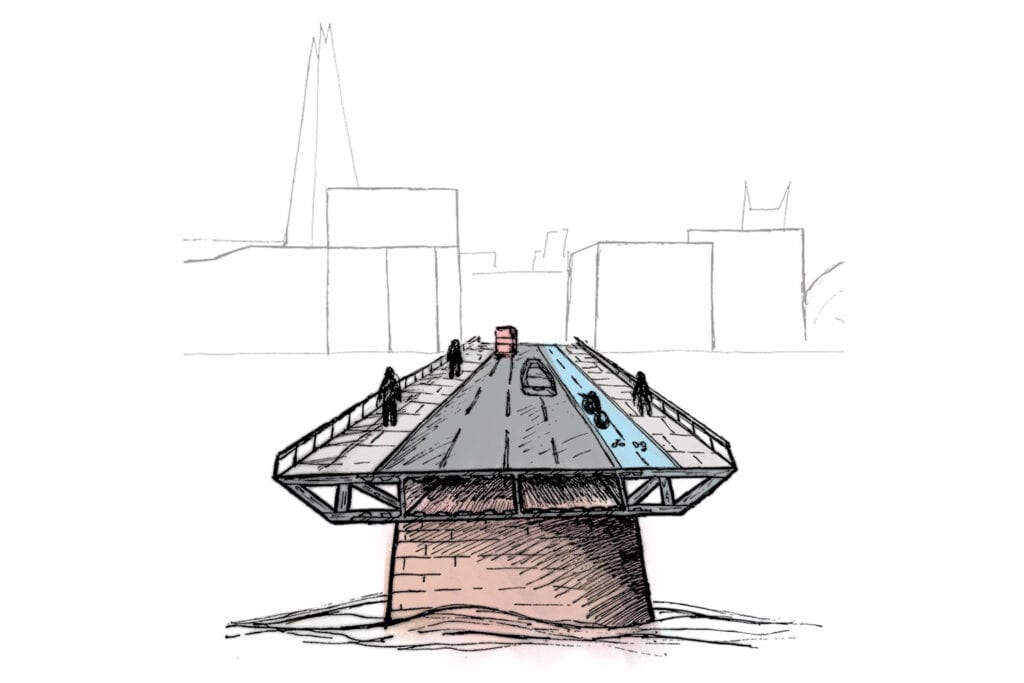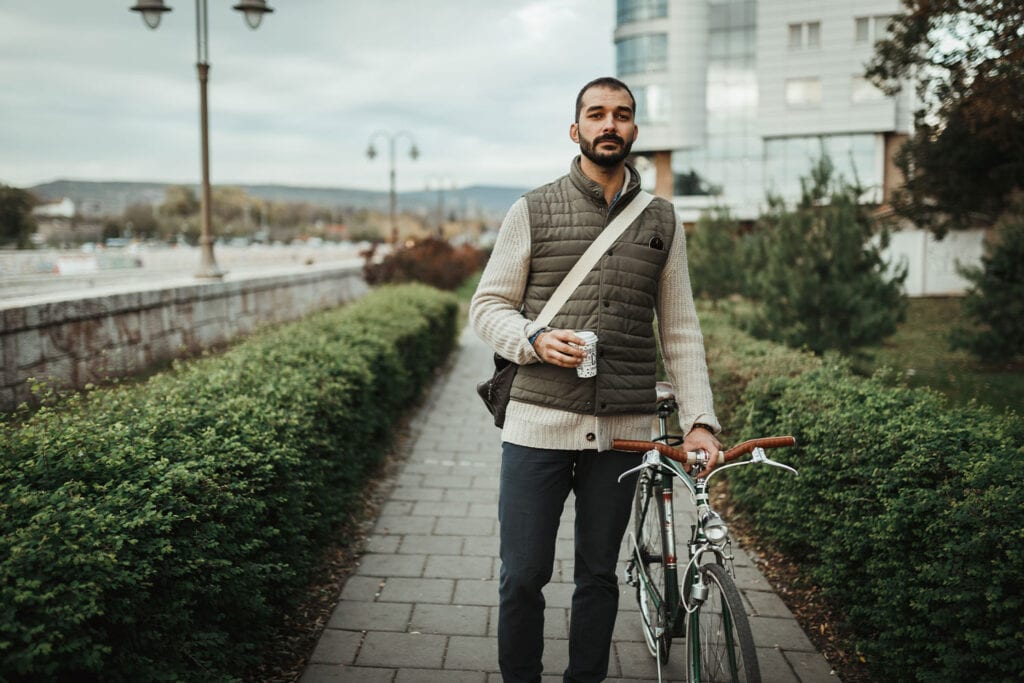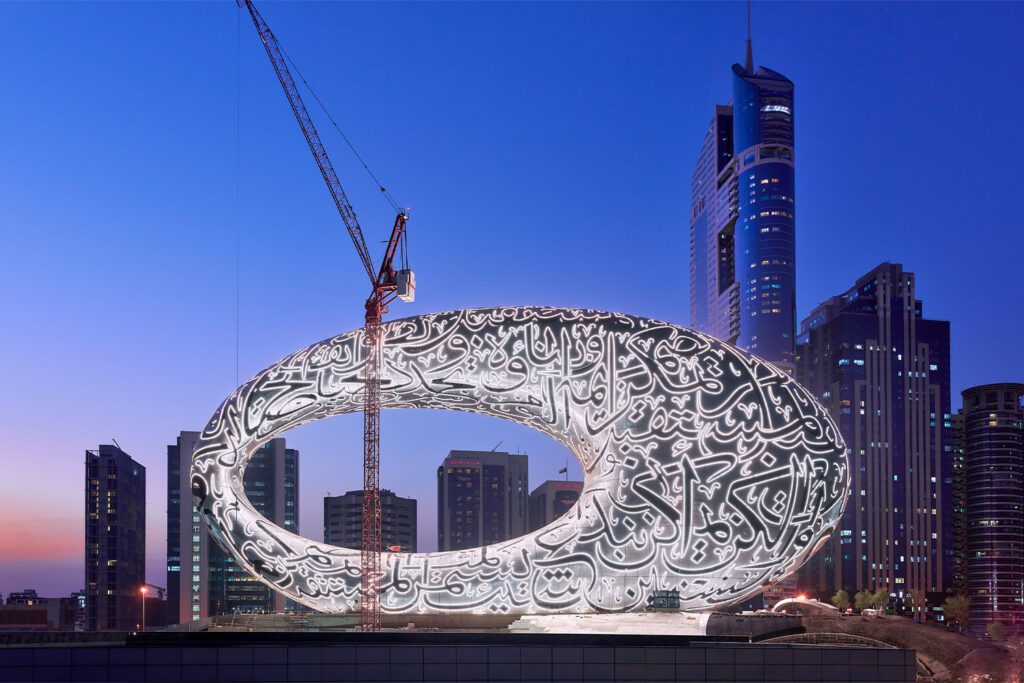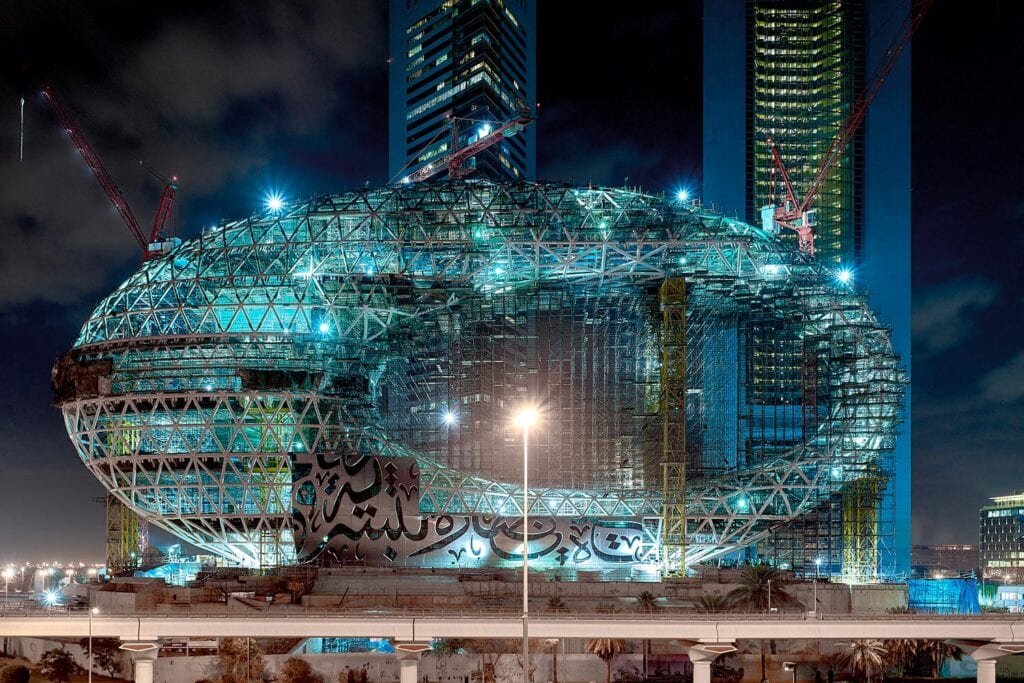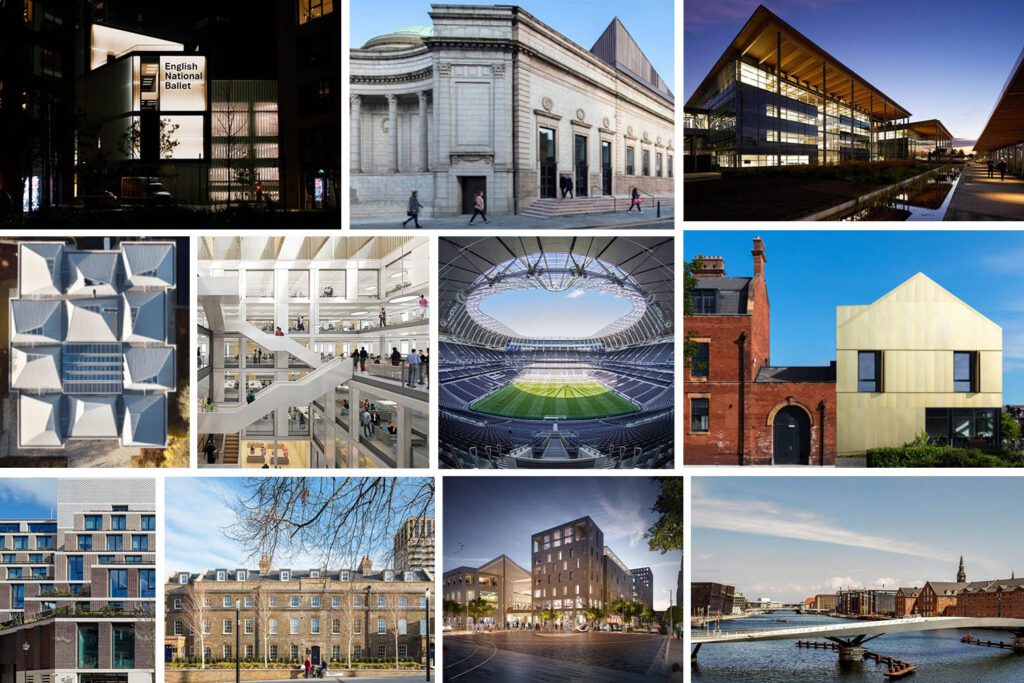How can we maximise the social value of the next London Bridge?
London Bridge, which connects the City and Southwark over the River Thames, was built in the late 1960s. If we redesigned it today, could it bring something extra and add real social value to the City of London?
In this article, the second in our series about bridges, we look at whether the next London Bridge could benefit from what we know about designing for social value.
What is social value?
Social value gives us what we need to live happy and prosperous lives. Its benefits are enshrined in two of the UN Sustainable Development Goals:
- Ensuring healthy lives and promote wellbeing for all
- Making cities inclusive, safe, resilient and sustainable.
Social value is not just “nice to have”. Structures with high social value last much longer than those without and provide a robust and progressive strategy for creating sustainable designs.
What about bridges – are they designed for social value?
Bridges often define a region. They may be a landmark in a city, reflecting its culture, or a valuable communal space. They certainly provide important connections. And they serve society.
London is blessed with many distinguished buildings that reflect its rich history. London Bridge is in a prime location to take in panoramic views of the city and is a worthy destination itself. This provides us with an exciting opportunity.
Constraints, be it financial or design, sometimes make it difficult for bridges to deliver social value. Perhaps we can overcome some of these constraints by redefining what a bridge can be.
What are the considerations?

Design decisions invariably have an impact on multiple aspects of an outcome, so it’s important to find the right combinations that make these impacts positive. But should the ideal bridge really seek to encapsulate every possible consideration?
- Take the example of solar panels. Would they actually be useful on a bridge? Producing green energy is great but the additional weight may lead to a bigger structure. So, is the trade-off worthwhile?
- How about planters? They can improve the space, but does this improvement come at a cost to the design? A better solution might be to create green space on the approaches instead.
With a bridge, context is everything. But that doesn’t mean we shouldn’t try to go beyond what has been done before.
How should we use the space?
The current London Bridge has provisions for a bus lane and two traffic lanes in each direction. There are also wide walkways on each. This makes London Bridge the widest road bridge over the Thames (within the M25) at 32 meters. That’s wide enough to carry 12 London buses!
Our first article explained that road traffic over London Bridge is falling whilst the number of cyclists is rising. If we were to be bold and limit motorised vehicles to just two lanes, this could create an unprecedented amount of space for maximising the social value of London Bridge.
The total width required, including two cycle lanes, would potentially leave as much as 20 metres (the equivalent of eight bus widths) free.

How does accessibility increase the social value of a bridge?
We will have failed to maximise social value if there are people that can’t enjoy the bridge because of accessibility challenges. Everyone should be able to make the most of what’s on offer – and often by improving accessibility, we improve the quality of a space for all.
To explore this concept further, we turned to Jean Hewitt, Buro Happold’s senior inclusive design consultant, to discuss design considerations that would improve a bridge’s accessibility:
How can we improve accessibility for those who struggle to walk?
A combination of ramps and steps would provide good accessibility, as would handrail provision and anti-slip surfacing. Upstands along the sides of the bridge could be a tapping rail for those who are visually impaired, and act as a safeguard for wheelchair users. Providing ample seating would encourage everyone to stop, have a break and take in the impressive views on offer.
What are the benefits of planters?
They can meet safety demands by providing clear separation between the road, perhaps in a more subtle way to a barrier. They also improve air quality and appearance. Plants with good acoustic properties can be chosen to work as a discreet sound buffer.
Can we use technology on the bridge to improve accessibility?
The audio technology currently used in construction site safety barriers could be used on some benches, helping people with visual impairments. It could also provide air quality readings so people could assess whether they feel comfortable spending time on the bridge. A route along the bridge could also be developed for people who are sensitive to bright lights.

Why is lighting important?
Lighting is central to how people view and experience a bridge and so plays a crucial part in maximising social value. We spoke to Carolina Florian, our head of lighting, to understand its importance:
What impact can lighting have?
From a distance, lighting can transmit powerful messages about a cityscape, accenting its architecture and bringing a sense of place and belonging to the community.
Lighting also influences how we think on a bridge. Humans are instinctively drawn towards light, so well illuminated paths can guide us with visual cues drawing us to viewpoints or destinations. A good lighting strategy brings a structure to life after dark and this can ultimately define how we experience the bridge.
Are pedestrians considered when lighting road bridges?
The only lighting present on the current London Bridge is tall, functional lighting columns along the centre of the bridge that primarily serve vehicle users. This may lead to unpleasant pedestrian experiences and may even make pedestrians feel unsafe at times.
Could we light bridges on a more human scale?
Illumination at a lower height enables good facial recognition. This does not need to come from lighting columns: a better approach could be to integrate lighting into the bridge’s structure – in handrails or other bridge furniture. This would conceal the light source, limiting direct exposure and allowing for softer lighting effects. Good lighting integration would also help to declutter the bridge and maximise the views.
What are the main challenges when lighting a bridge?
Striking a balance between creative lighting, functional lighting and the environment is a challenge because light pollution is such a big issue in cities. Light pollution has been found to have significant effects on local biodiversity and hinder the Earth’s ability to clean surrounding air so we must be sensitive to this.

Could the next London Bridge be designed for social value?
The benefits of considering social value are significant. People will embrace a bridge that has been designed for them, and the city will flourish as a result. So perhaps the real question is why wouldn’t we design for social value?
More coming soon…
Stay tuned as we will be exploring the design of a future London Bridge even further over the coming months. In the meantime, why not read the first article in our bridges series – Could the next London Bridge can be carbon zero?
We would love to know what you think. Which bridges have you most enjoyed visiting and spending time on – and why?
Sources:

